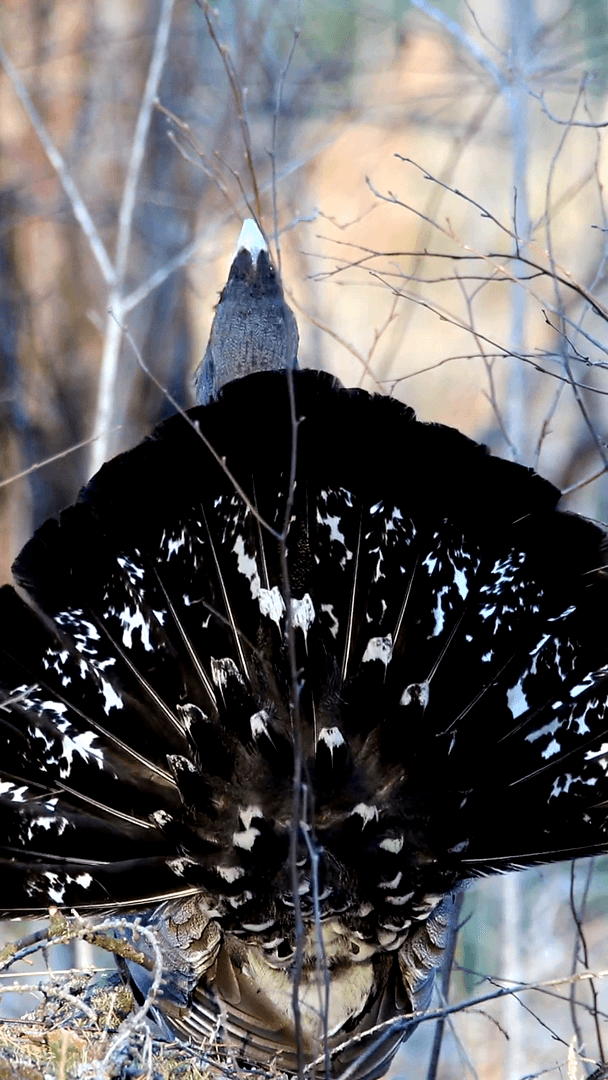
Готовим к охоте CZ457 16" .22lr Мелкашку в свой арсенал я никогда не хотел. Но сначала были изменены правила охоты на боровую, а затем я побывал на соревнованиях по силуэтной стрельбе, которые оказались крайне увлекательными. В итоге мелкан таки прописался в моем сейфе. Вариантов на рынке была масса. Я исходил из минимального веса системы в сборе, так как стрелять на охоте и в силуэтке предстояло с рук. По этому параметру мне очень понравилась CZ457 с коротким стволом в пластике. Вес карабина в исходном состоянии составлял всего 2200г. Конечно, длинный ствол был бы ненамного тяжелее (в районе +200г). Но его преимущества были для меня не очевидны. Доводилось слышать мнение, что на коротком стволе матчевые патроны уходят на сверхзвук, и кучность падает (в будущем хочу проверить это на практике). Но с другой стороны, при одном профиле, более короткий ствол будет более жестким, а значит более стабильным. Так что даже если первое опасение принять за истину, как минимум можно было бы добит
Post: 12 July 16:26











